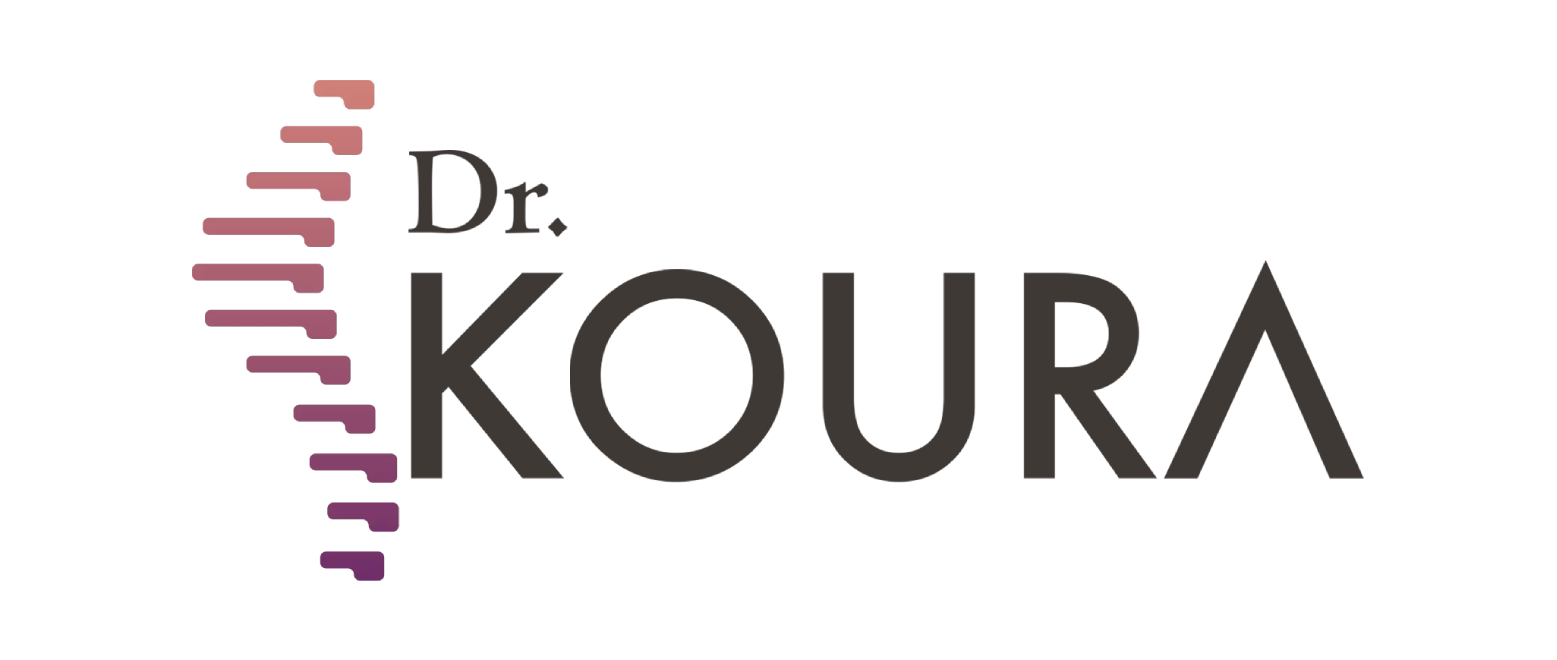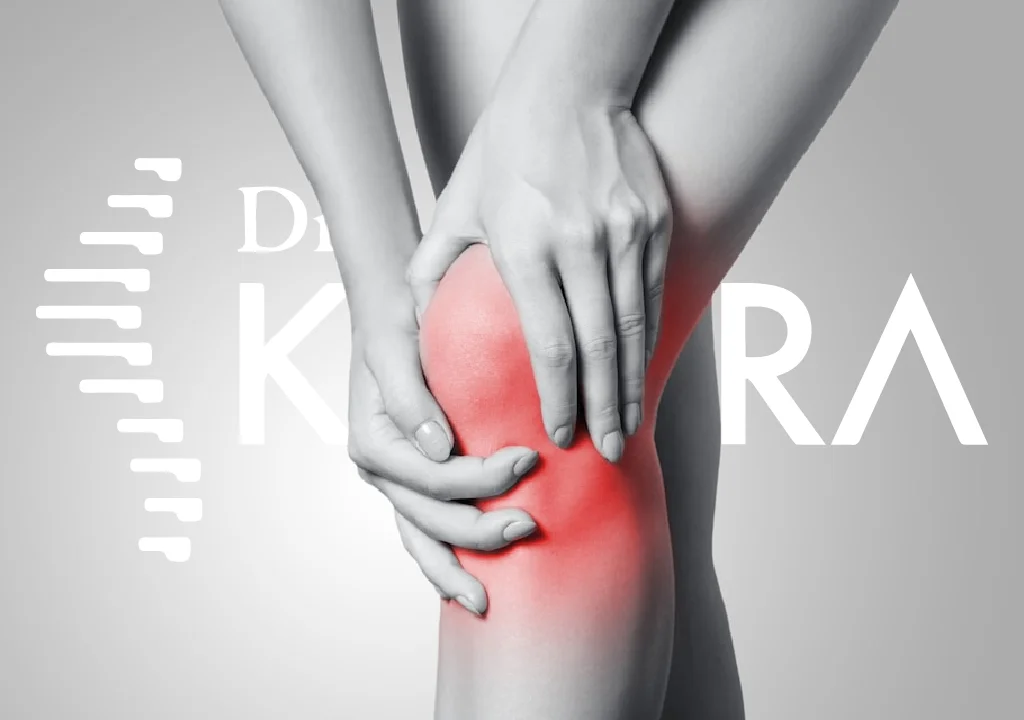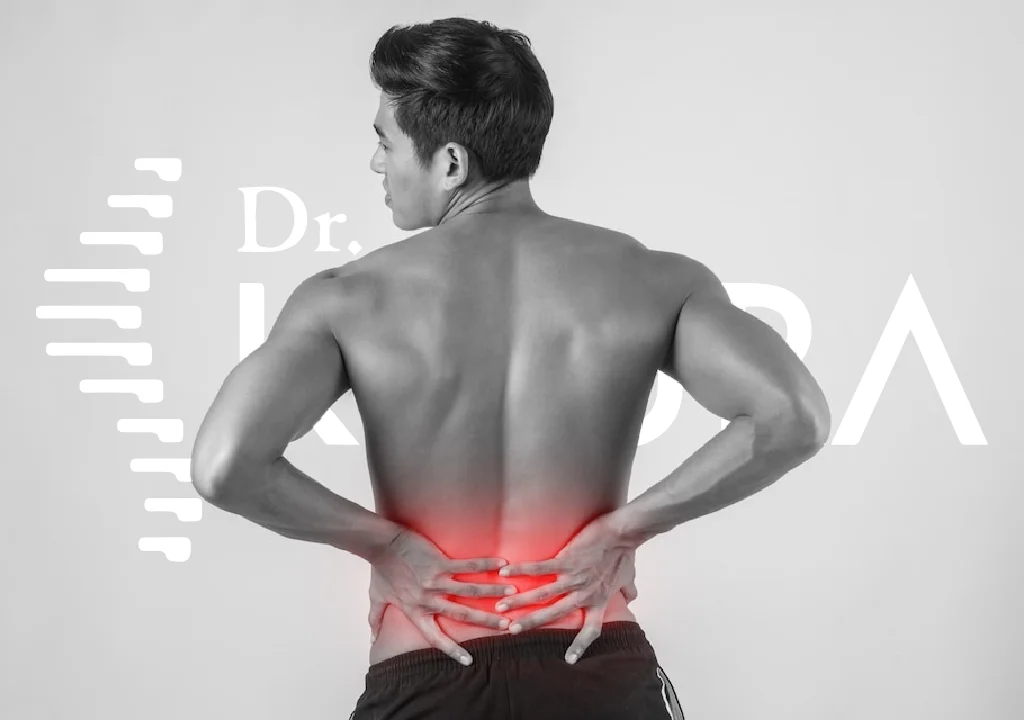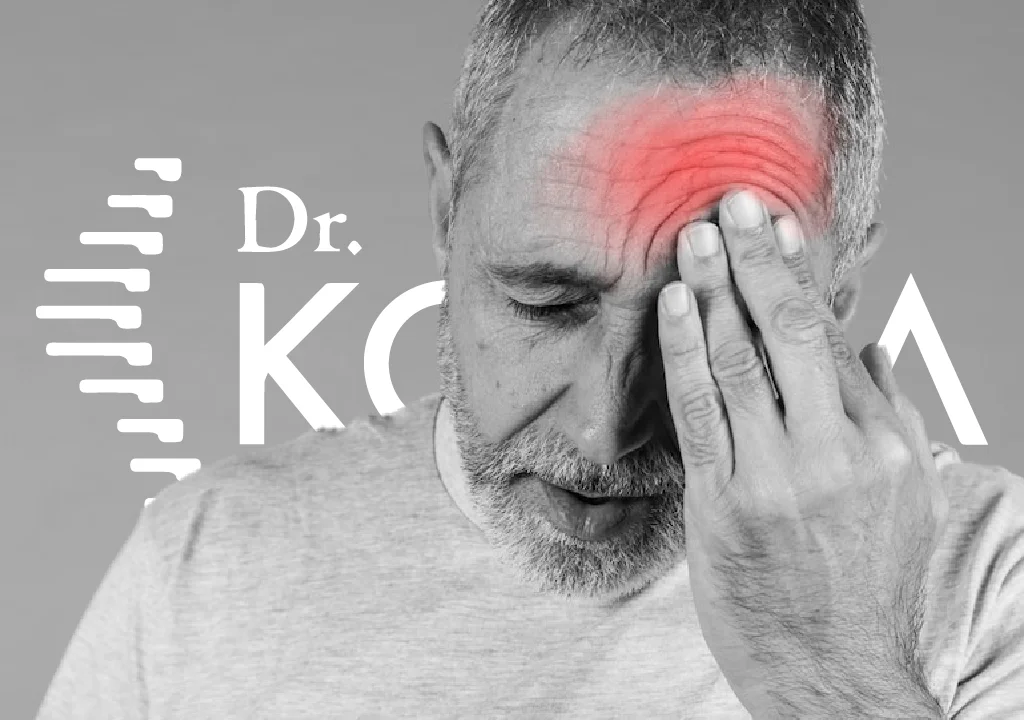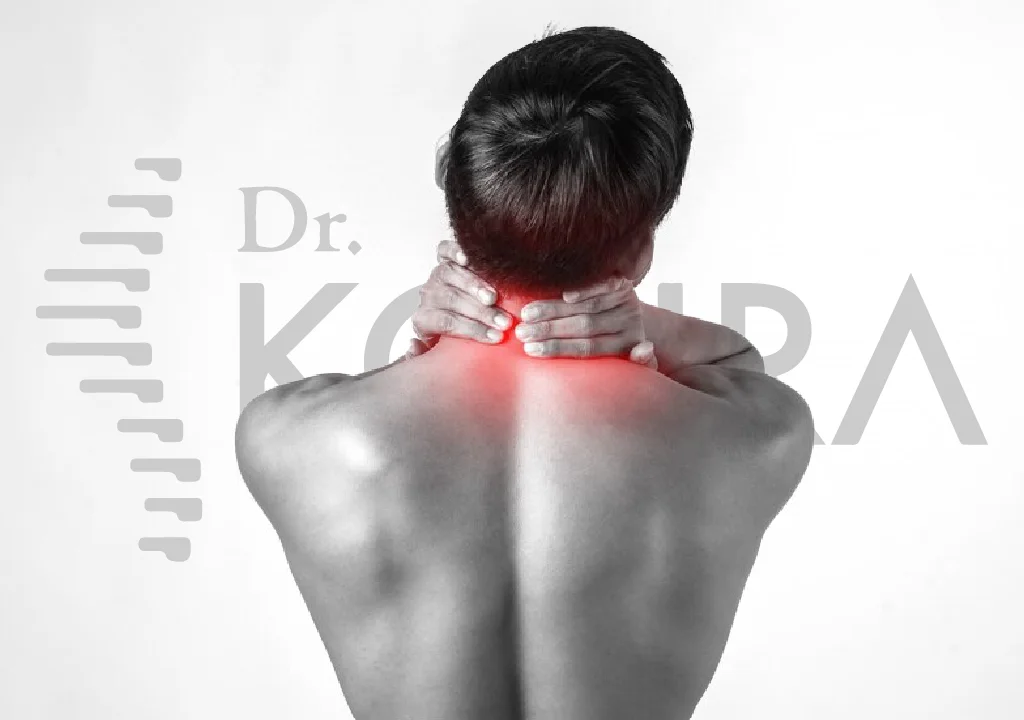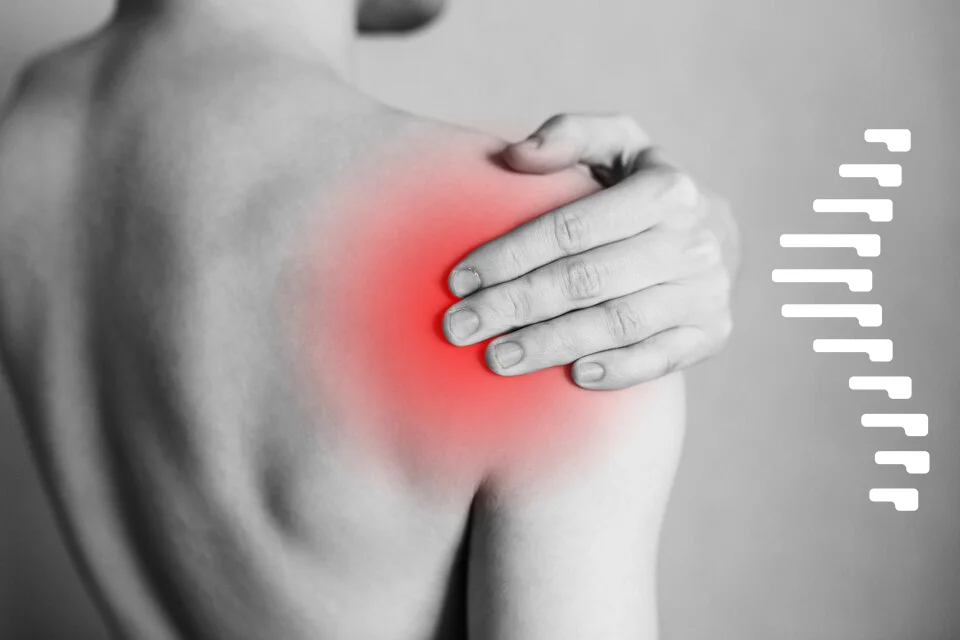- Home
- About Us
-
Services
-
Educate Yourself
Explor all educate yourself
-
Knee Pain
-
Back Pain
- Minimally invasive endoscopic herniated disc treatment (DISK-FX). Endoscopic discectomy
- Extraction of prolapsed disc by extractome
- pricing of herniated disc treatment in Egypt
- 12 non-surgical techniques for Disc Prolaps with Dr. Koura
- Treatment of Spinal Disc Degeneration
- When does a herniated disc patient resort to surgery?
-
Neck Pain
-
Shoulder Pain
-
Headache Pain
-
Other Pain
- Excercises
- Contact Us
